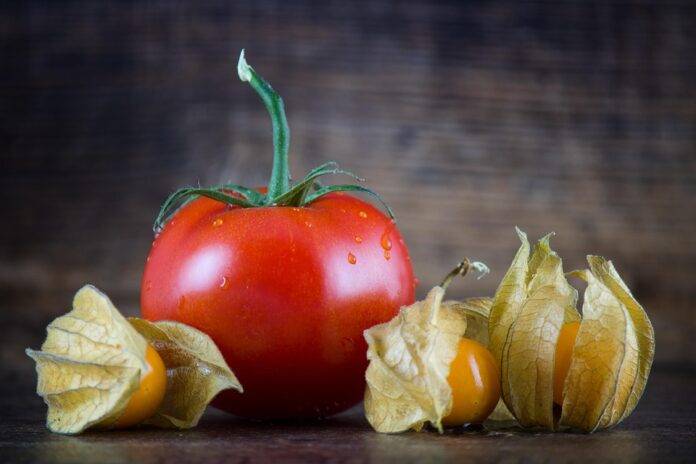The History and Evolution of Fruit Drops From Apothecaries to Modern Sweets
Introduction
Fruit drops, also known as fruit pastilles or fruit gums, have a long and fascinating history that stretches back centuries. What began as medicinal confections sold by apothecaries has evolved into beloved modern-day sweets enjoyed by people of all ages. In this report, we will explore the origins and evolution of fruit drops, from their humble beginnings to their current popularity in the confectionery industry.
Early Origins of Fruit Drops
Fruit drops have their roots in ancient civilizations, where fruits and honey were combined to create sweet treats with medicinal properties. The use of fruits in confectionery dates back to the Middle Ages, when sugar became more readily available in Europe. Apothecaries began incorporating fruits into their medicines to make them more palatable, leading to the creation of fruit drops as a convenient way to deliver the medicinal benefits of fruits.
Rise of Commercial Production
In the 19th century, advancements in confectionery technology and the availability of sugar on a larger scale led to the commercial production of fruit drops. Companies such as Rowntree’s and Bassett’s in the United Kingdom and Haribo in Germany began mass-producing fruit drops, making them more accessible to the general public. These companies used a combination of fruit flavors, sugar, and gelatin to create the chewy, fruity candies that we know today.
Evolution of Fruit Drops
Over the years, fruit drops have evolved to cater to changing consumer preferences and dietary requirements. Companies have introduced sugar-free and natural fruit drop options to meet the growing demand for healthier alternatives. Additionally, new flavors and packaging innovations have kept fruit drops relevant in an increasingly competitive confectionery market.
Industry Insights and Financial Data
The global confectionery market, which includes fruit drops, is a multi-billion dollar industry that continues to grow year over year. According to market research firm Statista, the global confectionery market was valued at $190 billion in 2020 and is projected to reach $232 billion by 2025. This growth can be attributed to factors such as increasing disposable incomes, changing consumer preferences, and the constant innovation within the industry.
Key Players in the Fruit Drops Market
Some of the key players in the fruit drops market include companies like Mars, Mondelez International, and Ferrara Candy Company. These companies have a strong presence in the confectionery industry and offer a wide range of fruit drop products to cater to different consumer segments. Mars, for example, is known for its Starburst fruit chews, while Mondelez International produces the popular Maynards Bassetts Fruit Gums.
Trends and Future Outlook
As consumer preferences continue to evolve, the fruit drops market is expected to see further innovation in terms of flavors, textures, and packaging. Companies are likely to focus on developing healthier and more sustainable options to meet the demands of health-conscious consumers. Additionally, the rise of e-commerce and online shopping platforms is expected to drive further growth in the confectionery industry, making fruit drops more accessible to a global audience.
In conclusion, the history and evolution of fruit drops from their origins in apothecaries to their current status as popular modern sweets demonstrate the enduring appeal of these chewy, fruity candies. With a rich heritage and a bright future ahead, fruit drops are sure to continue delighting taste buds for generations to come.



